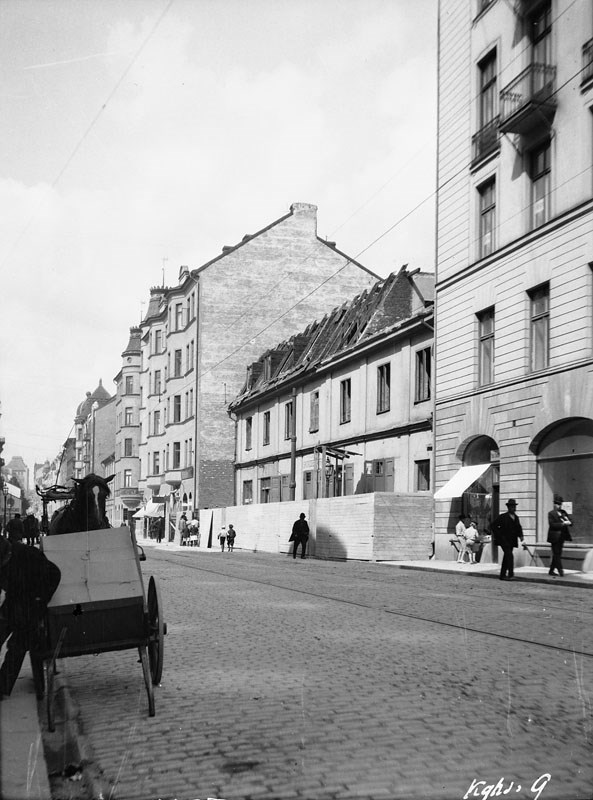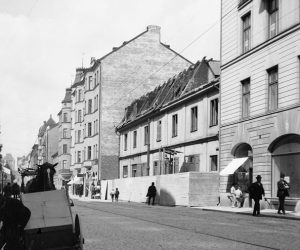
Under vår första tid med research för Augustaprojektet njöt vi av beskrivningarna i Augustas dagbok. Hon åkte till Stockholm för att roa sig med sina vänner, gick på operan, gjorde utflykter och levde ett ganska bekymmerslöst liv.
Sara och jag letade siden och spetsar till krinoliner och läste beskrivningar av Stockholms nöjesliv 1850. Vårt arbete kändes så glatt och positivt. Fokus hade ju hittills varit på Augustas Europaresa.
I lördags fastnade allt det lättsamma, flärdfulla och glada i halsen. Innan jag skulle somna började jag läsa Augustas brev till hennes stora kärlek, Adolf Nordwall. Sen kunde jag inte somna alls.
Dagen efter fortsatte Sara och jag läsa brevväxlingen mellan Augusta och Adolf under de långa ensamma månader hon satt framför sitt fönster på Hantverkargatan. Hon var ordinerad fullständig vila och ta sin medicin. Det var därför hon bodde inneboende i Stockholm, för att vara nära sin läkare.
“Min förträfflige professor har förbjudit allt som i någon mån kan lifva och uppmuntra mina domnade sinnen. Will jag bli fullt återställd till hälsan så måste jag ålägga mig att spela en dylik role af stumhet och liflöshet i hela sex månader.”
Breven växlar mellan hopp om framtiden de dagar hon är bättre, och förtvivlan när Tuberkulosen gör henne svag. Augusta är nu 25 år och har bara ett par år kvar att leva.

